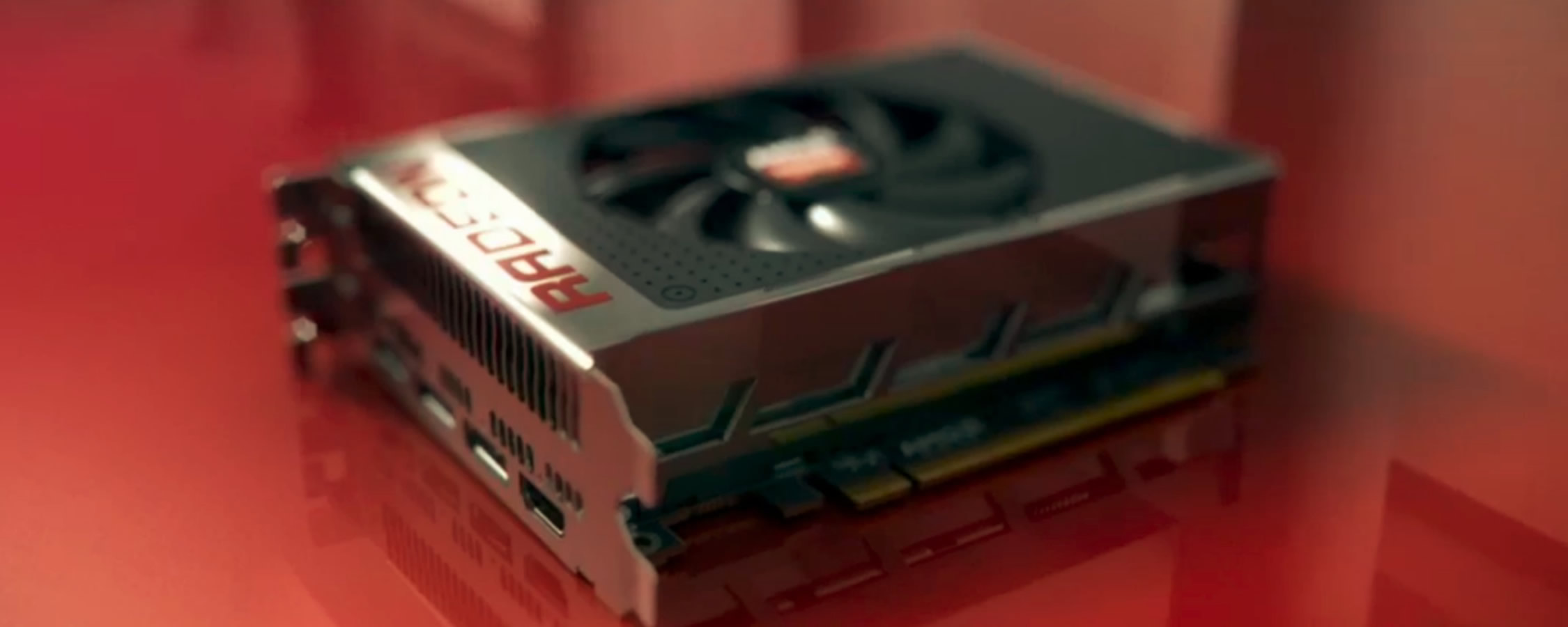Overclocking Performance
Fiji XT has been pretty much scaled back from its Fury X form to run at lower clock speeds with less voltage so that it is feasible for use on the Nano. Rarely did we see it hit 1000MHz in our gaming tests and only briefly when it did. For the most part we would say the Nano operates at around 900MHz and we never saw it drop below 800MHz when under load.
Raising the MHz ceiling won't accomplish anything as the card can already run as high as 1000MHz and it's almost never there. Overclocking to 1100MHz, the limit of the Fury X we tested, won't do a thing.
To achieve higher clock speeds, the power limit needs to be increased and the Catalyst Control Center allows the limit to be boosted by 50%. Without making any other changes we raised the power limit by 50% and ran some tests. The results were impressive.
It should be noted that the fan speed was increased from a silent 2000 RPM to an audible 2700 RPM. While we wouldn't say this was overly loud, you could certainly hear the Nano fan.
After that we raised the core frequency limit to 1100MHz and left the power limit at plus 50%. Oddly we lost a few frames per second in each test we ran.

By simply increasing the power limit and dealing with a little extra noise the Nano picked up an extra 5fps at 1600p to match the Fury X.

The Nano still trailed the Fury X by 2fps with the power limit increased, but even so it gained an additional 4fps.

Just two extra frames were gained when testing with The Witcher 3 Wild Hunt, but that was enough to match the Fury.

The power limit increase helped the Nano achieve 5fps more in Battlefiled 4, placing it within 1fps of the Fury X.
